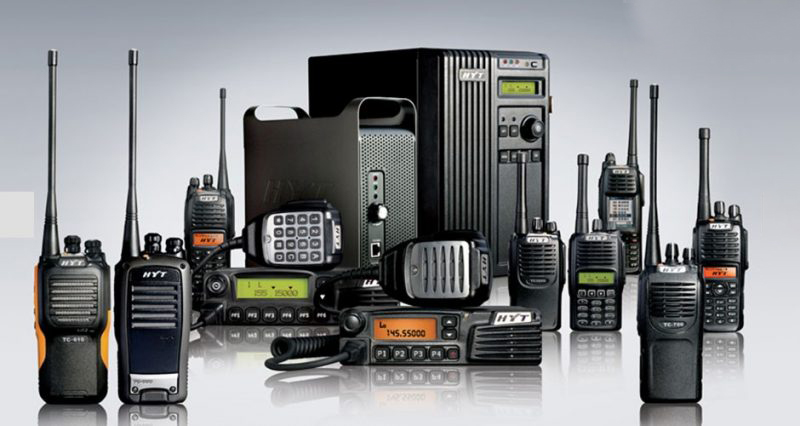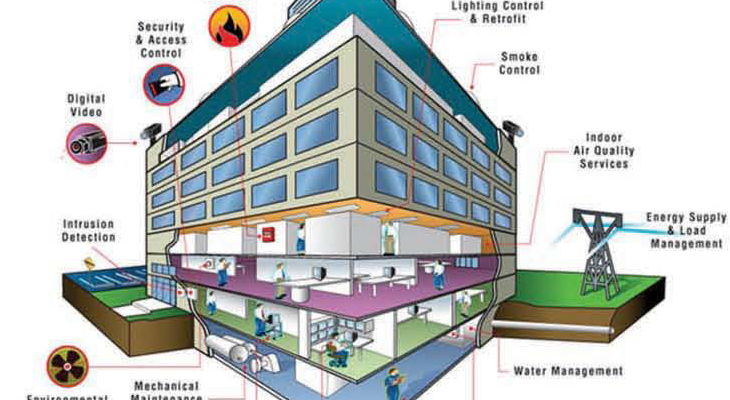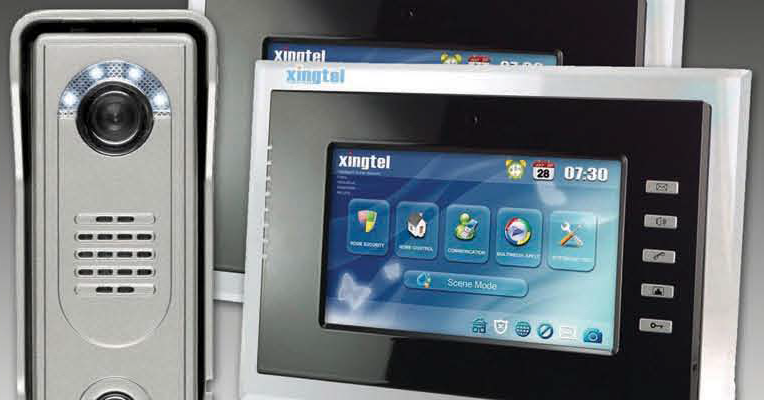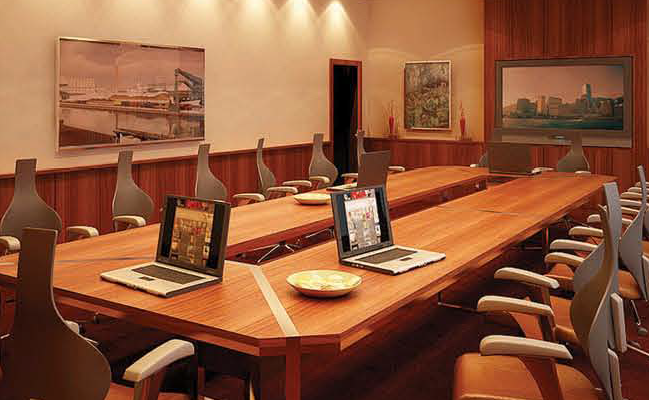In the modern world of communication and entertainment, two systems that often get mixed up are IPTV (Internet Protocol Television) and MATV (Master Antenna Television). Both serve as means of delivering television content to users, but they do so in vastly different ways. Understanding these technologies can help you choose the right system for your needs, whether you’re building a network for an office, home, or commercial establishment.
In this article, we’ll dive into the details of IPTV and MATV, explore how they work, and discuss their applications in various settings, along with their integration into other advanced technologies like Wireless Solutions, CCTV IP Video Surveillance, and Parking Management Systems.
What is IPTV (Internet Protocol Television)?
IPTV, or Internet Protocol Television, is a system where television services are delivered using the Internet Protocol (IP) rather than traditional broadcast formats like cable or satellite. IPTV allows for content to be streamed over a broadband connection, offering a much more flexible and interactive experience compared to traditional TV.
How Does IPTV Work?
IPTV works by converting television content into data packets, which are then transmitted over an IP network (such as the internet) to the user’s device. This allows for on-demand streaming, live broadcasts, and even interactive services such as video on demand (VOD) and catch-up TV.
IPTV uses a client-server model where the content is hosted on a central server and streamed to various client devices (such as smart TVs, set-top boxes, or smartphones). This model provides benefits like:
- On-demand content: Watch what you want, when you want.
- Higher quality: IPTV can support high-definition content and multi-view services.
- Interactivity: Features such as DVR, pause, rewind, and fast-forward during live programs.
Some IPTV services also offer voice-over IP (VoIP) and IP Phone PBX integration for making phone calls over the same internet connection, which enhances the overall communication experience.
What is MATV (Master Antenna Television)?
MATV, or Master Antenna Television, is a system designed for distributing terrestrial television signals to multiple receivers from a single antenna. Unlike IPTV, MATV doesn’t rely on an internet connection for broadcasting; it uses a central antenna or satellite dish to collect the signal, which is then transmitted through coaxial cables to different televisions within a building or facility.
How Does MATV Work?
MATV uses a centralized antenna to capture TV signals (either digital or analog) and distribute them across the premises. The signals are processed and amplified to ensure a strong reception at each TV within the building. Typically, MATV systems are used in multi-story buildings, hotels, hospitals, or large residential complexes where a shared antenna can serve multiple TV units.
Key features of MATV include:
- Centralized control: One antenna handles signal reception and distribution to multiple televisions.
- No need for individual subscriptions: As the signal is distributed via a centralized system, there is no need for each TV to have its own cable subscription.
- Ease of installation: MATV systems are relatively easy to set up in existing buildings, especially when compared to more complex IPTV installations.
MATV is typically used for over-the-air broadcast signals and satellite feeds, meaning it doesn’t support the interactivity or on-demand features available with IPTV. However, it is still widely used in certain environments like nursing homes or hotel systems, where guests or residents need simple access to a set range of channels.
Differences Between IPTV and MATV
Now that we understand what IPTV and MATV are, let’s compare the two systems to better understand their distinctions:
|
Feature |
IPTV |
MATV |
| Signal Delivery | Internet Protocol (IP) over broadband | Terrestrial or satellite signals via antennas |
| Content Type | Live TV, VOD, Catch-Up TV, Interactive Services | Linear TV, no on-demand features |
| Equipment | Set-top boxes, smart TVs, broadband network | Central antenna, coaxial cable distribution |
| Interactivity | Supports DVR, pause, fast-forward, on-demand content | Limited to standard channel broadcasting |
| Scalability | Easily scalable, can support multiple locations | Best for smaller setups or larger buildings with shared antennas |
| Quality | Can deliver high-definition content | Dependent on signal quality and antenna placement |
Applications of IPTV and MATV
Both IPTV and MATV have distinct applications in various industries. Here’s how they integrate into different environments:
IPTV Applications:
- Residential Use: IPTV allows families to access a wide range of channels, movies, and on-demand services. Integration with IP Phone PBX or Voice Over IP (VoIP) systems also enables seamless communication between devices, all running over the same network.
- Business Use: IPTV can be used in hotels, offices, and hospitals for internal communication, training, and entertainment. Building Management Systems (BMS) often integrate IPTV to provide easy access to relevant news and updates across different areas of a building.
- Smart Home Integration: IPTV can be integrated with Internet of Things (IoT) devices for smart home setups, allowing users to control content with voice commands or via mobile apps.
MATV Applications:
- Commercial Installations: MATV is commonly found in commercial properties such as hotels and large office buildings, where a shared antenna setup can distribute television content to multiple rooms.
- Security and Surveillance Integration: CCTV IP Video Surveillance systems can be installed in conjunction with MATV to enhance security. For example, live video feeds from security cameras can be displayed on TV screens throughout a facility.
- Educational Institutions: MATV systems are often deployed in schools and universities where television broadcasts are used for educational purposes or announcements.
Integrating IPTV and MATV with Other Technologies
The evolution of IPTV and MATV technologies has paved the way for integration with various Wireless Solutions, Fire Alarm Systems, and Access Control Systems. Here are a few examples:
- Wireless Solutions: Both IPTV and MATV can be integrated into wireless networks, allowing users to access content from anywhere in the building or even outside the facility. Alshareef Group offers Wireless Solutions for ultimate mobility and convenience. Elevate your experience with top Solicitors Newry now!
- Fire Alarm Systems: IPTV systems can be used in fire alarm systems to display real-time emergency information or evacuation instructions across a building’s television network.
- Access Control System: IPTV can also be linked to access control systems, enabling centralized monitoring of access points while also providing entertainment or informational broadcasts.
- Master Clock Systems: In large buildings or factories, IPTV can be synchronized with Master Clock Systems to display accurate time across multiple screens in the building.
Conclusion
IPTV and MATV are both essential technologies that help deliver television content to users in different ways. While IPTV offers a modern, internet-based method that supports interactive features and high-quality streaming, MATV relies on centralized antenna systems to distribute traditional TV signals. Each system has its advantages and is suitable for various types of installations, depending on the specific needs of the user.
As technology continues to evolve, both IPTV and MATV can be seamlessly integrated with other systems such as CCTV IP Video Surveillance, Building Management Systems, and Wireless Solutions to create more efficient, secure, and user-friendly environments.
By understanding the differences and applications of IPTV and MATV, you can make an informed decision about which system is best suited to your needs.






















